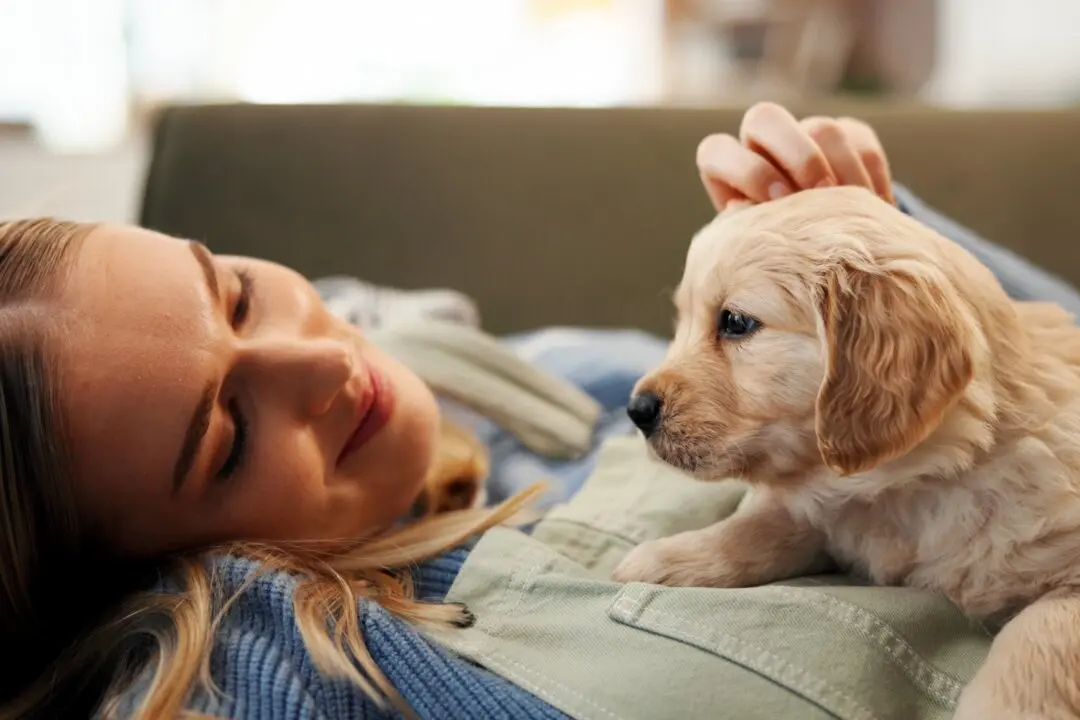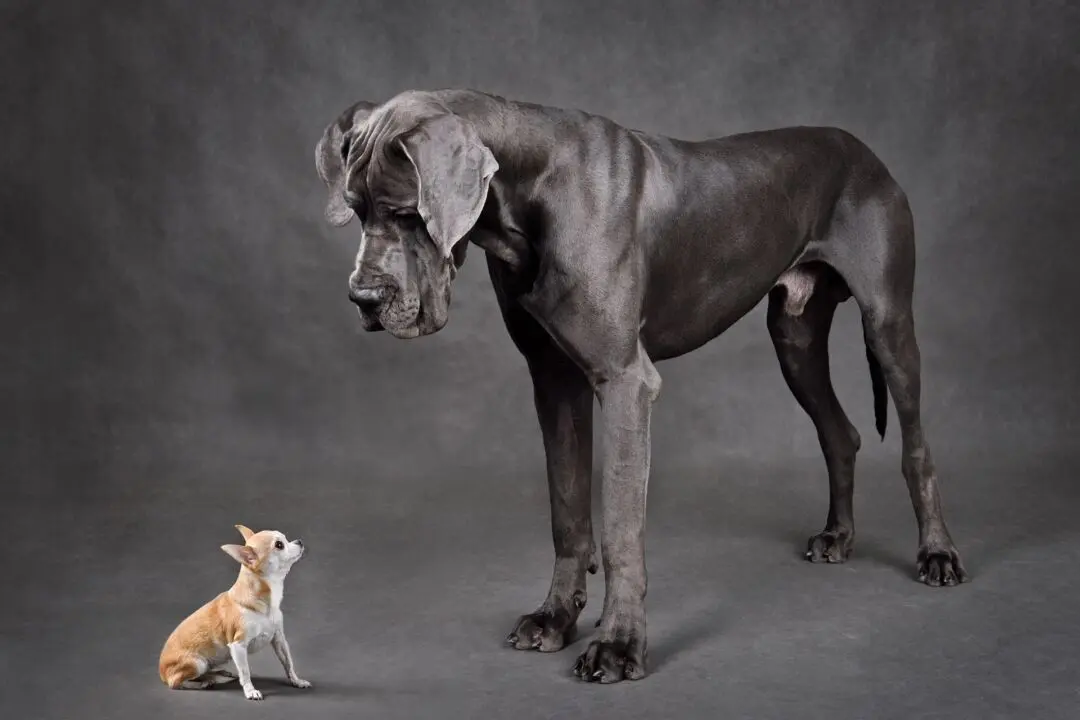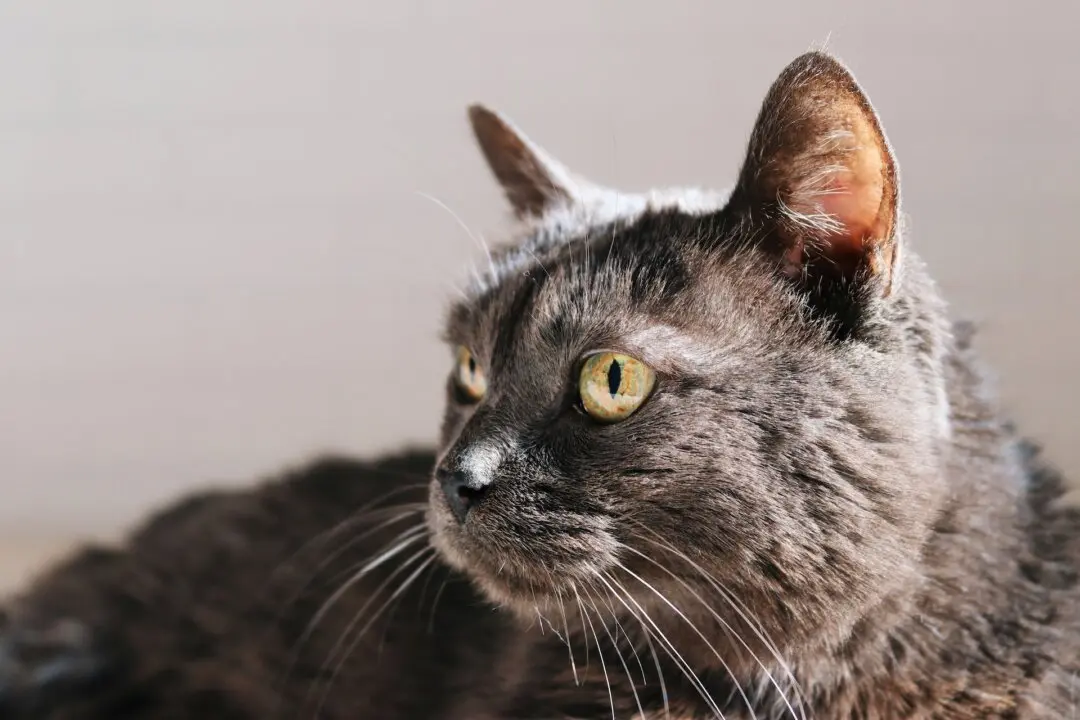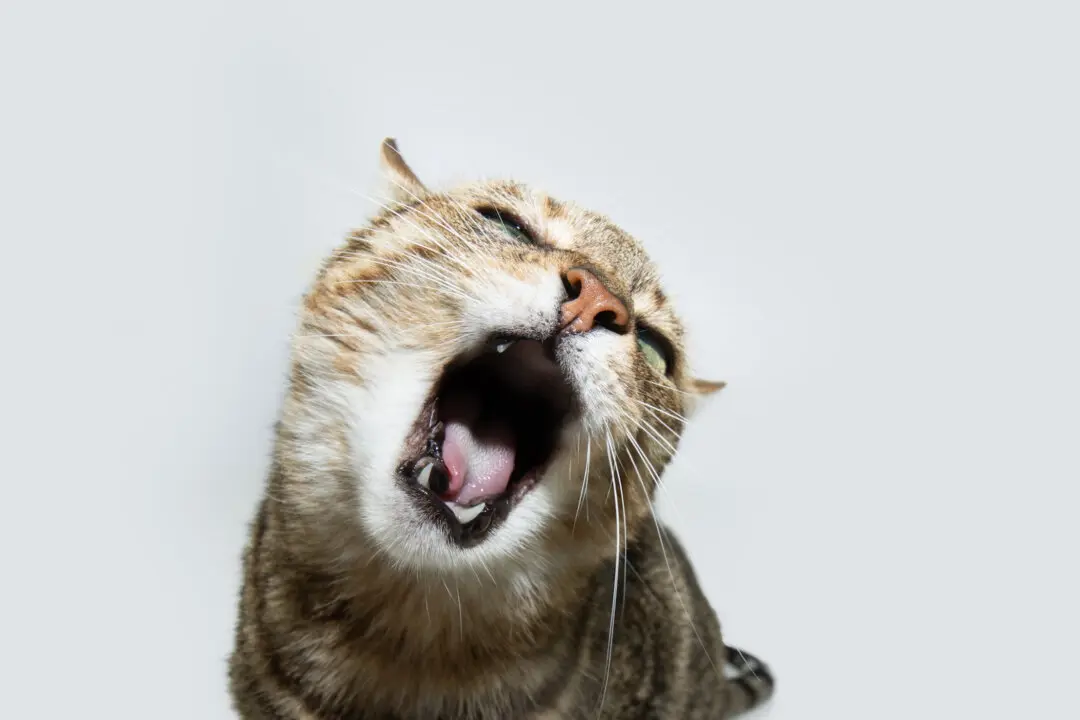Q: I recently adopted a cat named Max, and I need to learn about trimming his claws. What’s the procedure, and how often should it be done?
A: Start by choosing whatever equipment is most comfortable for you. I use human toenail trimmers, but many people prefer cat claw trimmers from the pet supply store.





